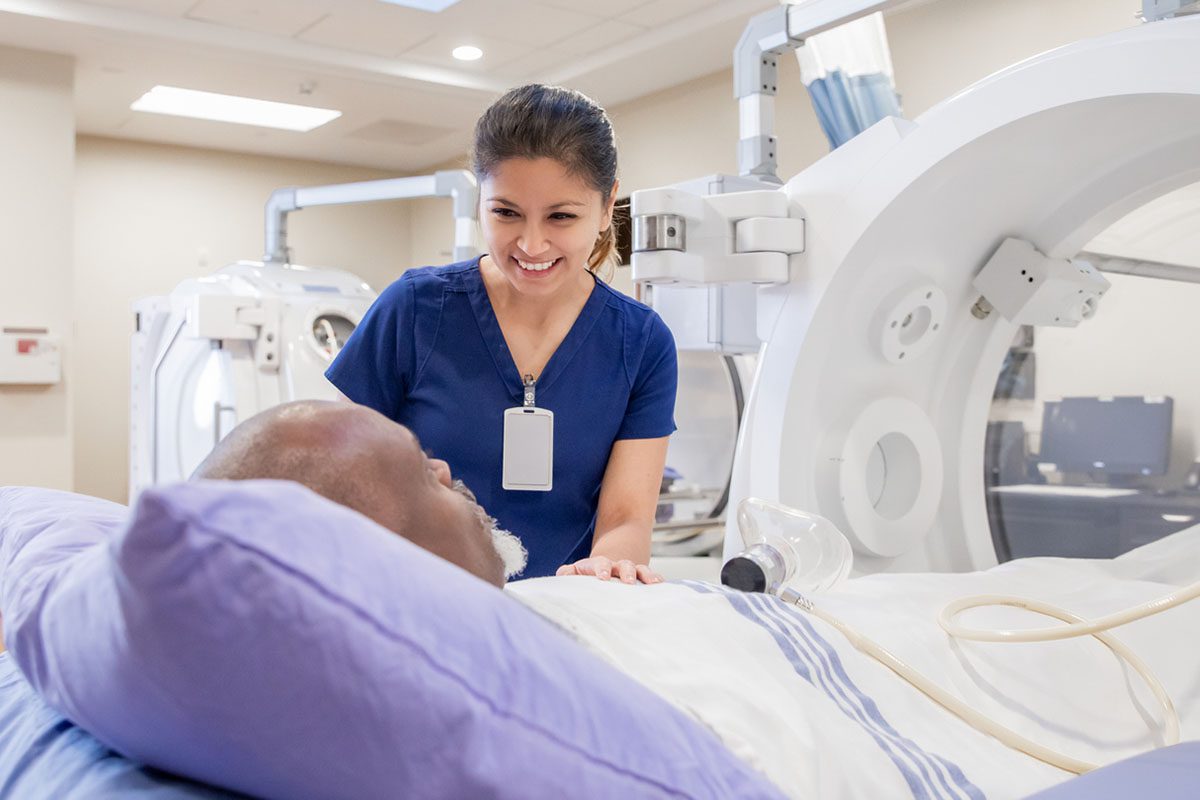Objective: Previous studies have suggested a link between heart rate (HR) following trauma and the development of posttraumatic stress disorder (PTSD). This study expands on previous work by evaluating HR in burn patients followed longitudinally for symptoms of acute stress disorder (ASD) and PTSD.
Method: Data were collected from consecutive patients admitted to the Johns Hopkins Burn Center, Baltimore, Maryland, between 1997 and 2002. Patients completed the Stanford Acute Stress Reaction Questionnaire (n = 157) to assess symptoms of ASD. The Davidson Trauma Scale was completed at 1 (n = 145), 6 (n = 106), 12 (n = 94), and 24 (n = 66) months postdischarge to assess symptoms of PTSD. Heart rate in the ambulance, emergency room, and burn unit were obtained by retrospective medical chart review.
Results: Pearson correlations revealed a significant relationship between HR in the ambulance (r = 0.32, P = .016) and burn unit (r = 0.30, P = .001) and ASD scores at baseline. Heart rate in the ambulance was related to PTSD avoidance cluster scores at 1, 6, 12, and 24 months. In women, HR in the ambulance was correlated with PTSD scores at 6 (r = 0.65, P = .005) and 12 (r = 0.78, P = .005) months. When covariates (gender, β-blockers, Brief Symptom Inventory Global Severity Index score) were included in multivariate linear regression analyses, ambulance HR was associated with ASD and PTSD scores at baseline and 1 month, and the interaction of ambulance HR and gender was associated with PTSD scores at 6 and 12 months. Multivariate logistic regression results were similar at baseline and 12 months, which included an HR association yet no interaction at 6 months and a marginal interaction at 1 month.
Conclusions: While peritraumatic HR is most robustly associated with PTSD symptom severity, HR on admission to burn unit also predicts the development of ASD. Gender and avoidance symptoms appear particularly salient in this relationship, and these factors may aid in the identification of subgroups for which HR serves as a biomarker for PTSD. Future work may identify endophenotypic measures of increased risk for PTSD, targeting subgroups for early intervention.
J Clin Psychiatry
Submitted: May 31, 2009; accepted September 28, 2009.
Online ahead of print: October 19, 2010 (doi:10.4088/JCP.09m05405blu).
Corresponding author: Neda F. Gould, PhD, Johns Hopkins University School of Medicine, Department of Psychiatry and Behavioral Sciences, 4940 Eastern Ave, Asthma and Allergy Center, 5B.71B, Baltimore, MD 21224 ([email protected]).
Continue Reading...
Members enjoy unlimited free PDF downloads as part of their subscription! Subscribe today for instant access to this article and our entire library in your preferred format. Alternatively, you can purchase the PDF of this article individually.
Please sign in or purchase this PDF for $40.00.
Already a member? Login




